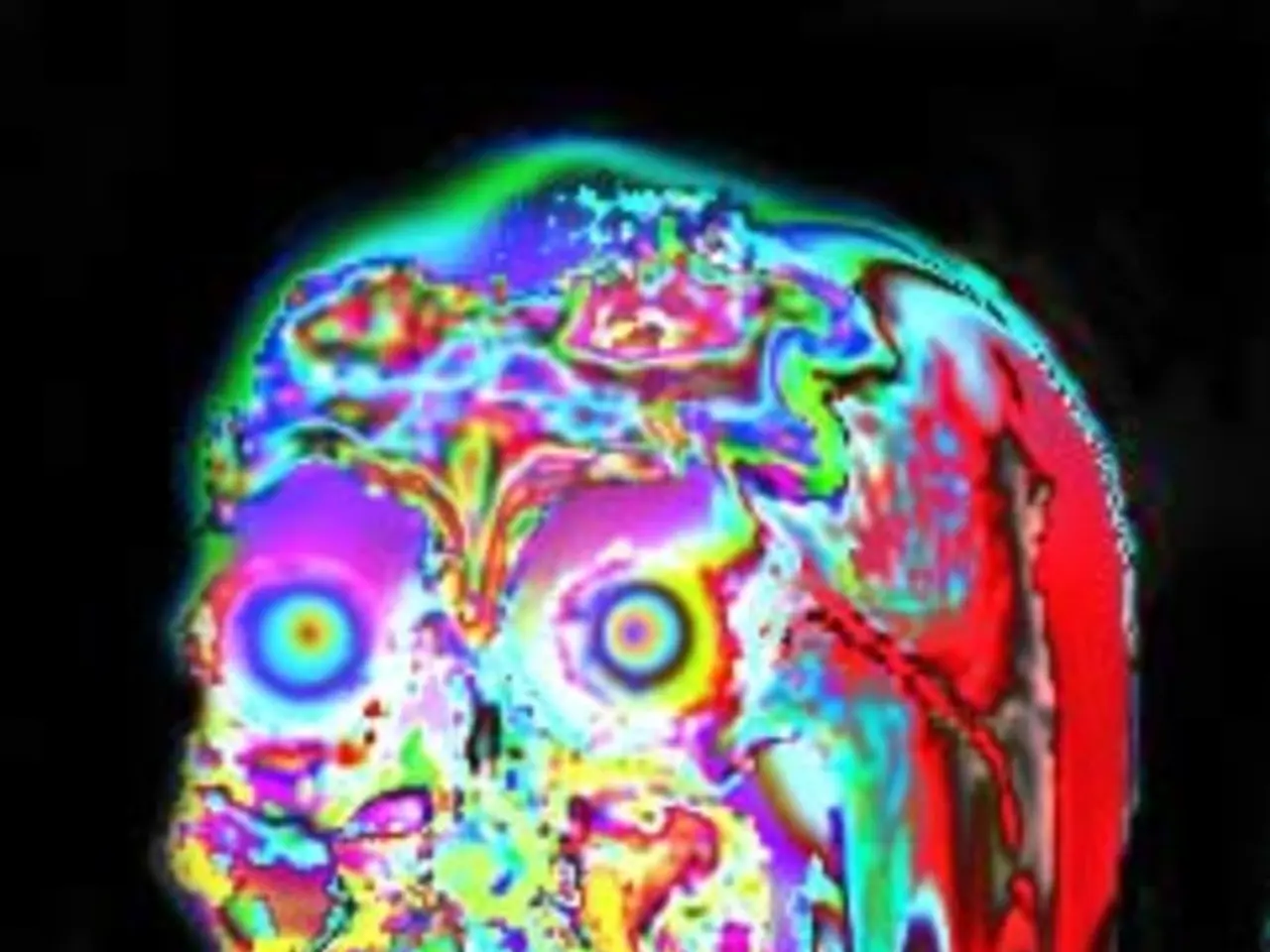Blood Disorders Affecting Red Cells: Classifications, Causes, and Signs
Red blood cell (RBC) disorders are conditions that affect the number or function of these vital components of our blood, responsible for carrying oxygen throughout the body. There are many types of RBC disorders, categorized by the kind of structure they affect, such as hemoglobinopathies, cytoskeletal abnormalities, and enzymopathies.
Hemoglobinopathies
Hemoglobinopathies involve abnormal production or changes in the structure of the hemoglobin protein within RBCs. Examples include Thalassemia and Sickle Cell Disease. These are inherited genetic disorders caused by mutations affecting the structure or synthesis of the hemoglobin globin chains (alpha or beta). Thalassemias result from decreased or absent production of these chains; sickle cell disease arises from a gene defect producing abnormal hemoglobin S, which distorts RBC shape. Symptoms of these disorders include anemia, tissue hypoxia, jaundice, bone marrow expansion causing skeletal deformities, episodes of hemolysis, and complications such as pain crises, organ damage, and increased infection risk.
Cytoskeletal Abnormalities
Genetic defects in RBC membrane proteins result in RBCs that are abnormally shaped or fragile, such as hereditary spherocytosis caused by spectrin or ankyrin defects. This makes RBCs less flexible and more prone to rupture. Symptoms of these disorders include hemolytic anemia, jaundice, splenomegaly (enlarged spleen), episodic anemia exacerbations, and the presence of spherocytes on blood smear.
Enzymopathies
Deficiencies in RBC enzymes like Glucose-6-phosphate dehydrogenase (G6PD) lead to inability to protect RBCs from oxidative damage, causing hemolysis especially after exposure to triggering agents such as drugs, infections, or certain foods. Symptoms of these disorders include acute hemolytic anemia episodes characterized by jaundice, dark urine, fatigue, pallor, and laboratory evidence of intravascular and extravascular hemolysis.
Other Red Blood Cell Disorders
Other RBC disorders may include acquired causes of hemolytic anemia (autoimmune), infections, and nutritional deficiencies. Symptoms often include anemia-related fatigue, pallor, jaundice, and splenomegaly depending on the underlying pathology.
Aplastic anemia, for instance, is a condition in which the bone marrow fails to produce enough new blood cells, including RBCs. The cause is often unknown. Sickle cell anemia is a type of sickle cell disease that causes a shortage of RBCs due to the production of misshapen and early dying blood cells. Malaria, a condition caused by a parasite that infects some types of mosquitoes, also leads to anemia as the parasite infects and destroys RBCs.
Pernicious anemia is a rare disorder in which the body has trouble using vitamin B-12, a key component in making RBCs. Iron deficiency anemia can be caused by a low dietary intake of iron or blood loss due to issues such as very heavy menstruation or internal bleeding.
Polycythemia is a condition in which the body has an increased number of RBCs, potentially leading to difficulties with blood flow and an increased risk of other health issues. Primary polycythemia, called polycythemia vera, is a slow-growing type of blood cancer.
In summary, RBC disorders can have diverse causes and symptoms, but they often revolve around anemia, jaundice, and splenomegaly. It is crucial to seek medical attention if experiencing symptoms related to RBC disorders to ensure timely diagnosis and treatment.
[1] National Heart, Lung, and Blood Institute. (2021). Red Blood Cell Disorders Fact Sheet. Retrieved from https://www.nhlbi.nih.gov/health-topics/red-blood-cell-disorders [2] Mayo Clinic. (2021). Red blood cell disorders. Retrieved from https://www.mayoclinic.org/diseases-conditions/red-blood-cell-disorders/symptoms-causes/syc-20375428 [3] American Society of Haematology. (2019). Hemoglobinopathies. Retrieved from https://www.asheducation.org/education/blood/hemoglobinopathies/ [4] National Health Service. (2021). Red blood cell disorders. Retrieved from https://www.nhs.uk/conditions/rare-conditions/red-blood-cell-disorders/ [5] Genetics Home Reference. (2021). Hemoglobinopathies. Retrieved from https://ghr.nlm.nih.gov/condition/hemoglobinopathies
- The structure of hemoglobin protein within red blood cells (RBCs) can be affected by predictive mutations, leading to hemoglobinopathies such as Thalassemia and Sickle Cell Disease.
- Pernicious anemia, a rare disorder that affects the body's use of vitamin B-12, is also an RBC disorder and a significant aspect of health-and-wellness.
- Iron deficiency anemia, caused by a low dietary intake of iron or blood loss due to issues such as heavy menstruation, is another acquired RBC disorder.
- Chronic diseases such as COPD, obesity, diabetes, and chronic kidney disease can indirectly contribute to RBC disorders, as they have been shown to affect the production and function of these vital components of our blood.
- Research in science is crucial for understanding the causes, treatments, and prevention strategies for various RBC disorders, including bipolar disorders like sickle cell anemia.
- Common symptoms of RBC disorders often include anemia, jaundice, and splenomegaly (an enlarged spleen), although they can vary depending on the specific medical-condition.
- Improperly shaped RBCs, such as those seen in hereditary spherocytosis, can lead to hemolytic anemia due to their increased fragility and propensity to rupture.
- Blood tests are essential for diagnosing RBC disorders, providing insights into the structure and function of red blood cells, as well as identifying several chronic diseases that can indirectly affect RBCs.




